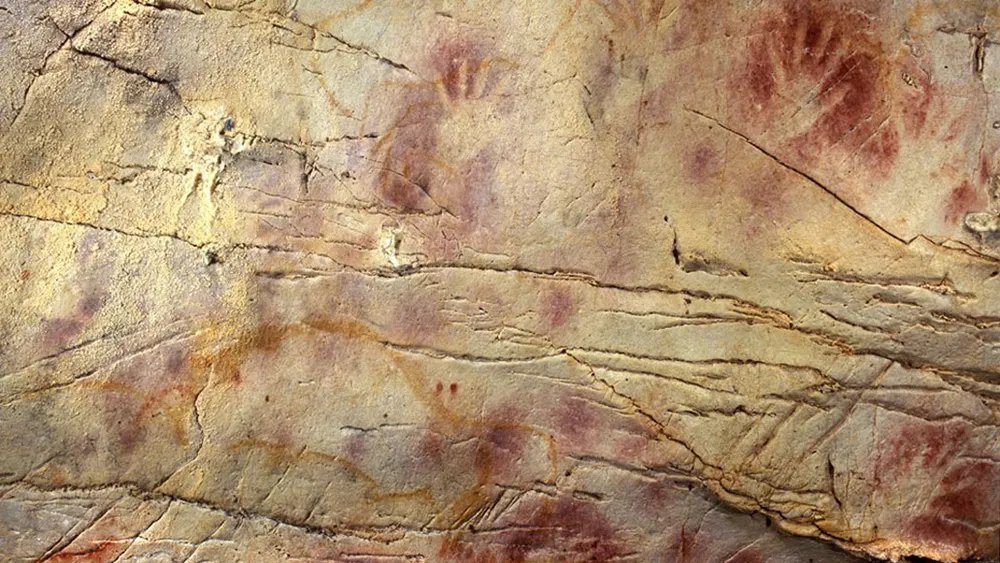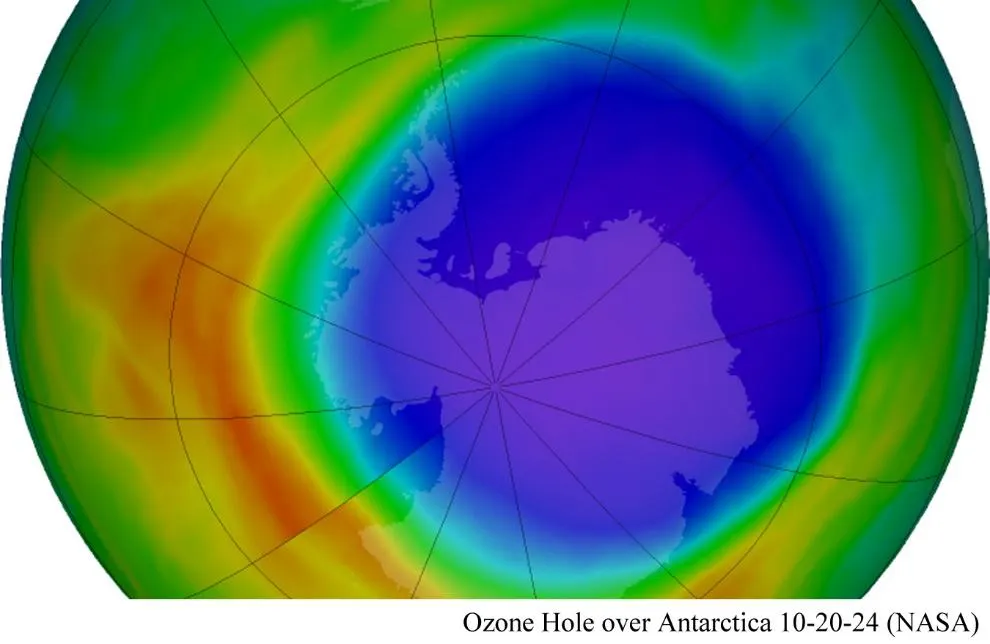When the nascent green movement made Tasmania’s Lake Pedder the cause célèbre for their anti-development ethos, the alleged fate of an obscure fish, the Lake Pedder Galaxias was one of their chief whipping-boys. Isolated to a single habitat – Lake Pedder, obviously – for thousands of years, the fish was said to be doomed if that lake was flooded and linked once again to the wider Tasmanian aquatic ecosystem.
As it happens, the fish are thriving in new lakes, thanks to human intervention. But a species that is apparently so fragile that it can only survive in a single, highly specialised location, is a species clearly living on borrowed time (at some time in the next few thousands years, a geological blink, Lake Pedder would naturally have been opened to the rest of the river system).
In fact, all species are on borrowed time. Ninety-nine per cent of species that ever existed have gone extinct. Every species has a fixed life span – but what is it?
The majestic blue whale has plied the seas for about 4.5 million years, while the Neanderthals winked out of existence in a few hundred thousand years. But are those creatures representative of species overall? How long do species usually last before they go extinct?
The answer is: it depends.
For mammals, the average species exists for one million to two million years, according to an article in the journal [People Planet].
However, this average doesn’t hold during all geologic periods and for all mammals. The average for the Cenozoic era (65 million years ago to present) mammals is 3.21 million years, with larger mammals lasting longer than smaller mammals, according to a 2013 study in the journal Integrative Zoology. For invertebrate species, the duration is even more impressive: they last between five million to 10 million years, on average.
The oldest-known specimen of our species, Homo Sapiens, is about 315,000 years old. So, it looks like we’ve still a good three million years up our sleeve.
It should be cautioned, though, that estimates of species longevity is all (more-or-less) educated guesswork.
The fossil record documents when a species shows up and when it disappears, but it leaves a wide margin of error because conditions must be perfect for fossils to form, and those conditions aren’t always present when a species shows up and blinks out. And these longevity stats aren’t that useful anyway. Stuart Pimm, a leading extinction expert and a conservation ecologist at Duke University’s Nicholas School of the Environment, said he prefers to think about extinction in terms of how many species die out every day, or month or year.
“It’s easier to think of in terms of… death rates, largely because there are some species that live a really long time,” Pimm said. “And then there are other species that are short-lived. And the average doesn’t really help you as much as you might think.”
But the species death-rate, called the “background extinction rate”, is likewise mostly educated guess-work.
Pimm placed the historic number – a figure that covers all time, excluding mass extinctions – at around one species extinction per one million species per year. That means that if there were a million species on the planet, one would have gone extinct each year. (For comparison, there are about 8.7 million species on the planet today, according to a study in the journal PLOS Biology.) However, other experts estimate species typically die off at a rate of 0.1 species per million per year and still others at two species per million per year, according to a research article in the journal Science Advances.
Estimating the current extinction rate – the bedrock of the “Sixth Extinction” alarmism – is just as fraught. If not more so.
“The extinction rate is based on how many species are on Earth and how rapidly they’re going extinct,” [Tierra Curry, a senior scientist at the Center for Biological Diversity in Oregon] said. “And no one actually knows the answer to either one of those questions.” About 90 per cent of living species – largely insects – are probably unnamed, Pimm added. And if researchers don’t know that a species existed, they won’t know it went extinct. Another complication is that it can be difficult to tell when species are dead. Just because researchers haven’t seen them for several years doesn’t mean they’re gone for good. Calculations can get more difficult when species are extinct in the wild but live on in zoos.
Live Science
The only thing that’s certain is that every species currently alive will one day go extinct. Including, presumably Homo Sapiens.
I, for one, welcome our new insect overlords.









